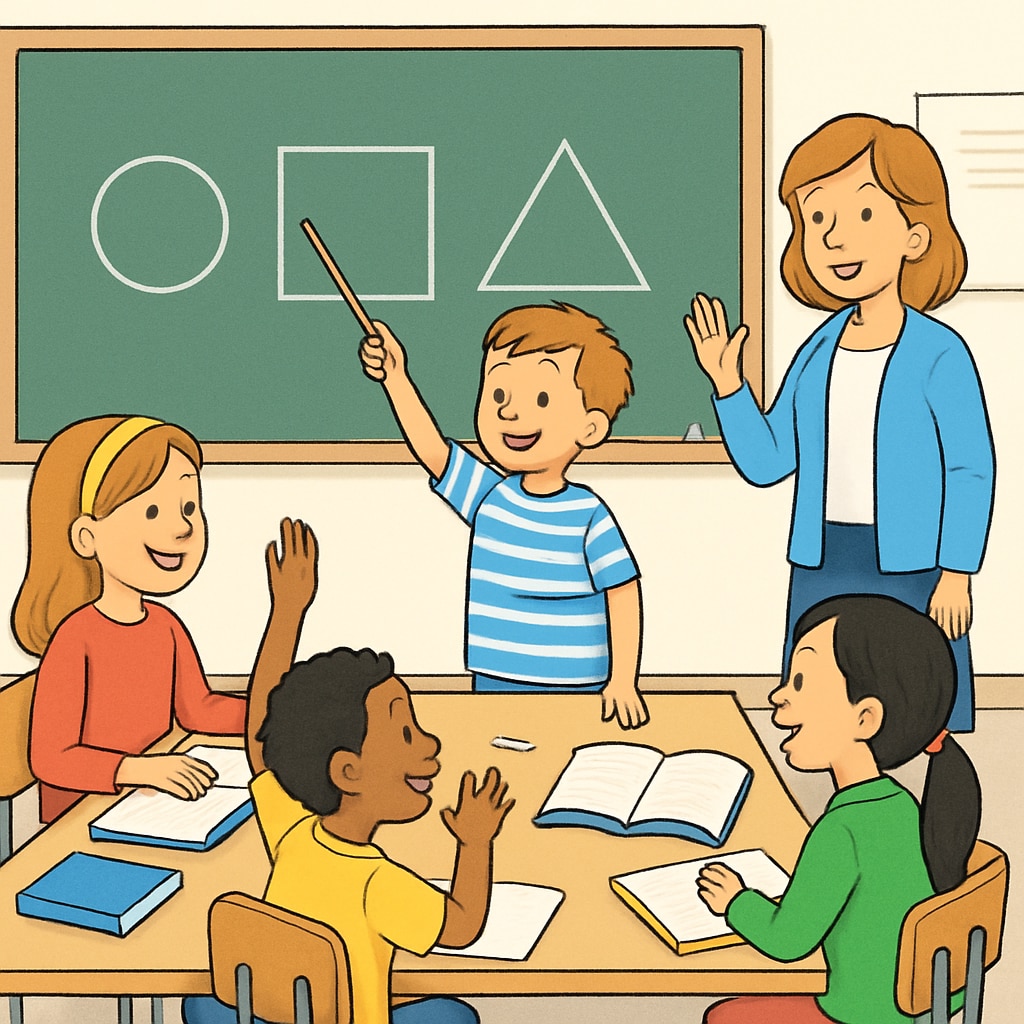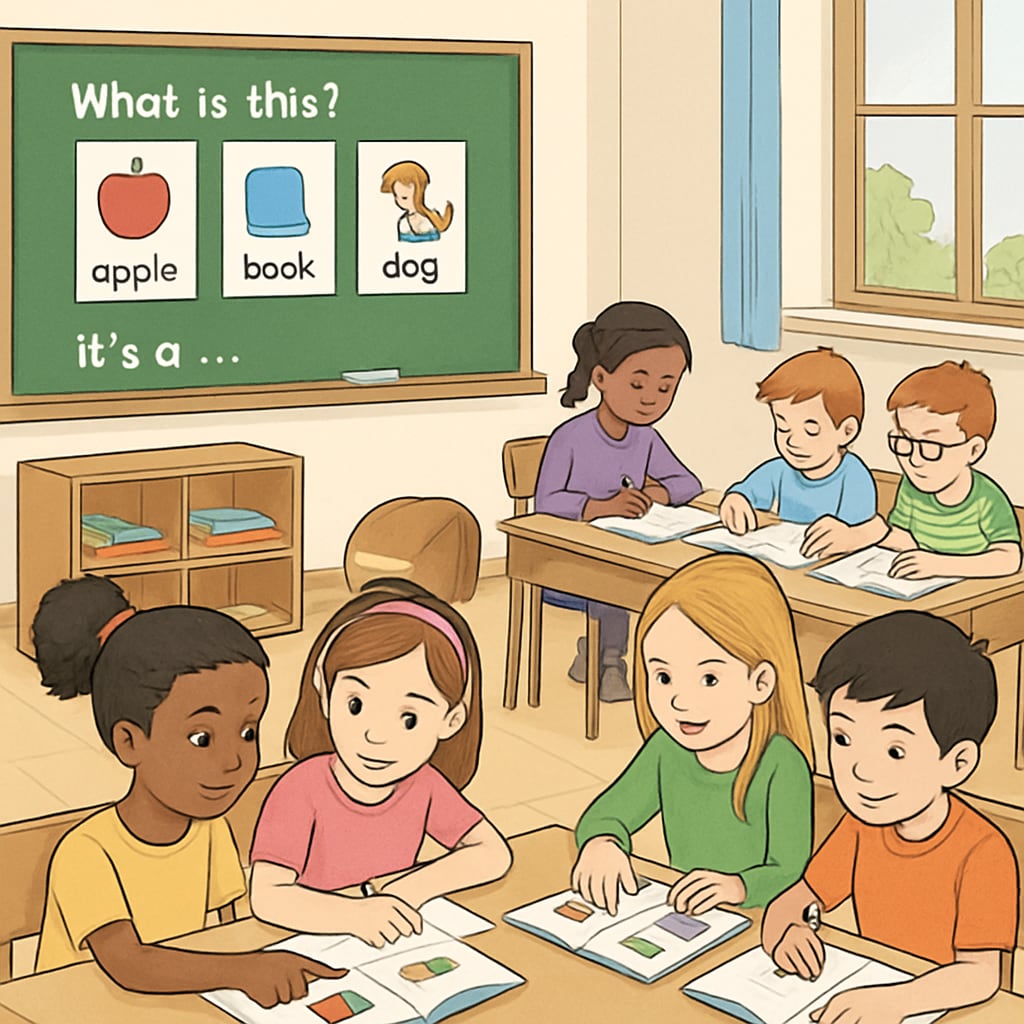The “World of Language” elementary language textbook holds a special place in the history of education. Its innovative approach combined engaging content with practical language exercises, making it a pioneer in language education for young learners. Unlike many modern textbooks, which can be overwhelming due to overly complex designs and excessive information, “World of Language” stood out for its simplicity, clarity, and effectiveness. It successfully balanced foundational language skills with creative storytelling, leaving a lasting impact on students and educators alike.
The Unique Teaching Philosophy Behind “World of Language”
One of the most remarkable features of “World of Language” was its ability to make language learning approachable and enjoyable for children. The textbook emphasized active learning techniques, encouraging students to participate in discussions, write creatively, and explore language through relatable examples. For instance, short stories and dialogues were used to illustrate grammar rules and vocabulary, allowing students to understand and apply concepts in real-life contexts.
Additionally, “World of Language” integrated visual aids and illustrations that complemented its lessons. These elements not only captured students’ attention but also reinforced their understanding of the material. In comparison to the dense and text-heavy formats of many contemporary educational resources, this visual approach was refreshing and effective.

Why “World of Language” Remains Relevant Today
Even in today’s fast-changing educational landscape, the principles behind “World of Language” remain relevant. The textbook’s focus on gradual skill development, creativity, and student engagement aligns with modern pedagogical methods that emphasize experiential learning. For example, current trends in education, such as project-based learning and collaborative activities, share similarities with the interactive exercises found in “World of Language.”
Moreover, its simplicity offers a valuable lesson for modern educators and curriculum developers. By prioritizing clarity and avoiding unnecessary complexity, “World of Language” succeeded in building a strong foundation for language learners without overwhelming them. This approach could be particularly useful in addressing challenges faced by students with diverse learning needs.

Looking Ahead: Lessons from a Classic Textbook
In an era where educational resources are increasingly digital and interactive, revisiting the timeless qualities of “World of Language” can guide the development of future curricula. Its emphasis on fostering curiosity, engagement, and practical application offers a model for creating effective learning materials. As educators continue to navigate the complexities of modern teaching, the simplicity and effectiveness of this classic textbook serve as an enduring example of what works in language education.
For those interested in exploring the history and influence of impactful educational tools, “World of Language” deserves recognition as a transformative resource. It is a reminder of how well-designed educational materials can positively shape the learning experiences of generations to come.
Readability guidance: The article uses concise paragraphs and transitions to ensure clarity. Key points are summarized in lists and examples are provided to illustrate concepts. Passive voice is minimized, and active voice is used to emphasize engagement and action.


